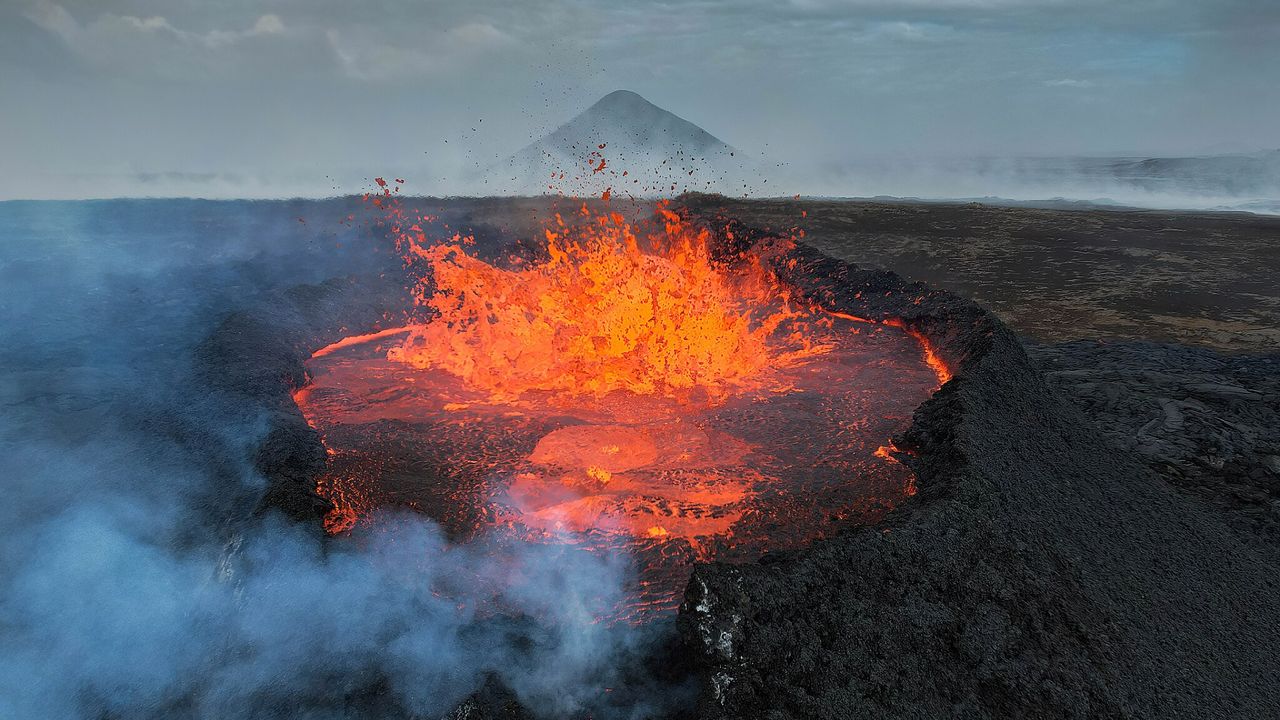Now Reading: How Early Humans Survived a Global Crisis Triggered by a Massive Eruption 74,000 Years Ago
-
01
How Early Humans Survived a Global Crisis Triggered by a Massive Eruption 74,000 Years Ago
How Early Humans Survived a Global Crisis Triggered by a Massive Eruption 74,000 Years Ago

Quick Summary
- 74,000 years ago, the Toba supereruption in modern-day Indonesia was one of Earth’s most catastrophic events in 2.5 million years.
- The eruption ejected approximately 672 cubic miles (2,800 km³) of volcanic ash and created a massive crater over 100 x 30 kilometers in size.
- Global impacts included blackened skies leading to reduced sunlight, acid rain contaminating water bodies, ash burial of ecosystems, and possibly years-long global cooling.
- Scientists hypothesize a “Toba catastrophe,” suggesting population decline to fewer than 10,000 humans due to climate effects. However, this remains debated.
- Genetic evidence shows possible population bottlenecks around this time but doesn’t conclusively link them to the eruption.
- Archaeological sites like Pinnacle Point (South Africa) show humans not only survived but innovated new technologies post-eruption (e.g.,bow-and-arrow adaptation in ethiopia).
- Evidence of resilience is also found at sites spread across Indonesia, India, China, and Ethiopia.
Indian Opinion Analysis
The article highlights humanity’s remarkable survival during one of Earth’s most devastating natural disasters-the Toba supereruption-and challenges earlier views linking it directly to severe population bottlenecks. For India specifically-located near the site-aspects like genetic data and archaeological records add relevance since studies reveal human presence persisted post-event.This is evidenced by discoveries suggesting adaptability at nearby locales like southern Asia.India’s archaeological heritage could offer fresh insights into how prehistoric societies coped with widespread environmental upheaval. Such findings might contribute globally toward understanding resilience mechanisms necessary for surviving future large-scale disasters. Overall implications extend beyond scientific curiosity; lessons from past adaptability emphasize preparedness strategies significant amid contemporary climate risks.























